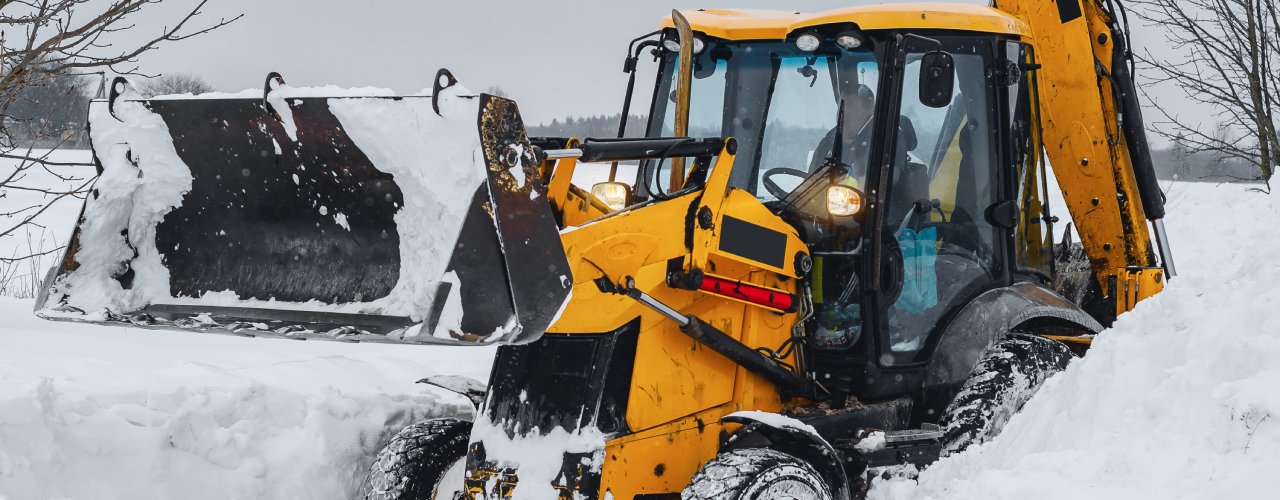Regular maintenance is key to keeping your compact tractor in prime condition. It improves performance, extends machine longevity, and saves you from costly repairs. Read on to discover five compact tractor maintenance procedures that you should know to maintain a high-performance vehicle for your agricultural or construction needs.
Pre-Operation Checks
Before firing up your tractor, completing pre-operation checks is critical. Start by inspecting the tire pressure and looking for signs of damage like cracks or punctures. Check all vital fluid levels—engine oil, hydraulic fluid, and coolant—to ensure they’re within the recommended range. Examine the machine for loose bolts, visible leaks, or broken parts that could compromise safety.
Lubrication
Proper lubrication keeps your tractor’s components moving smoothly and reduces wear and tear. Be sure to grease all fittings, joints, and pivot points according to the guidelines in your owner’s manual. Pay close attention to often-overlooked areas like the steering components or loader pivots. If you’re operating in dusty or wet conditions, you may need to grease more frequently to prevent contaminants from causing damage. Using high-quality lubricants tailored to your tractor ensures better protection and long-term efficiency.
Battery Maintenance
A healthy battery is essential for reliable starts and consistent operation. Inspect the battery terminals for signs of corrosion and clean them with a wire brush if necessary. Verify that all connections are tight and the electrolyte levels are sufficient if your battery isn’t maintenance-free. Test the battery’s charge with a multimeter, especially if your tractor has been idle for a while. Regular battery checks can prevent frustrating breakdowns and ensure your electrical system stays fully functional.
Cleaning and Replacing Air Filters
A clogged air filter restricts airflow to the engine, reducing efficiency and risking long-term damage. Remove the air filter regularly to shake out dust and debris, or blow it clean with compressed air. Inspect it closely for tears or excessive buildup, and replace it immediately if it’s too dirty or damaged. Frequent checks and cleanings are crucial during peak dust seasons, such as harvest time or mowing.
Tightening and Replacing Hydraulic Hoses
Hydraulic hoses play a vital role in the operation of attachments and should be part of your regular maintenance checklist. Start by visually inspecting the hoses for cracks, bulges, or frays that indicate wear. Check the fittings to ensure they’re securely fastened and free of leaks. Replace any damaged or worn-out hoses promptly to avoid fluid loss or system failure. Take proper precautions if you notice water in your hydraulic system or other signs of significant damage.
Not only should you know these compact tractor maintenance procedures, but you should also take the time to understand how proper care can improve your operational performance and efficiency. Caring for each component and addressing issues early allows you to save time and money while improving safety. Stay proactive with regular checks—it’s an investment that pays off with consistent performance and peace of mind.





